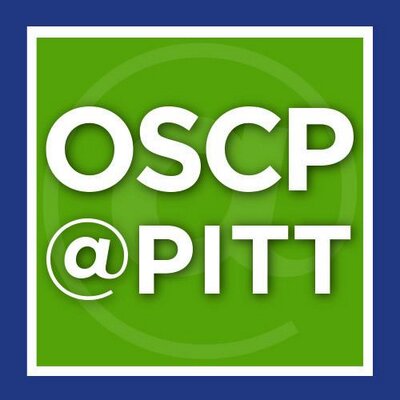Koike, C and Friday, RP and Nakashima, I and Luppi, P and Fung, JJ and Rao, AS and Starzl, TE and Trucco, M
(2000)
Isolation of the regulatory regions and genomic organization of the porcine α1,3-galactosyltransferase gene<sup>1</sup>.
Transplantation, 70 (9).
1275 - 1283.
ISSN 0041-1337
Abstract
Background. α1,3-galactosyltransferase (α1,3GT) is an enzyme that produces carbohydrate chains termed αGal epitopes found in most mammals, although some species of higher primates, including human, are notable exceptions. The evolutionary origin of the lost α1,3GT enzyme activity is not yet known, although it has been suggested that the promoter activity of this gene in the ancestors of higher primates was inactivated. Methods. We used 5'-or 3'-RACE, GenomeWalking, reverse transcriptase polymerase chain reaction (RT-PCR) and dual Luciferase reporter assay for identification of the full-length cDNA, which includes the transcription initiation site and the promoter region of porcine α1,3GT gene. Results. The region around exon 1 is guanine and cytosine (GC)-rich (about 70%), comprising a CpG island spanning more than 1.5 kbp. The 5'-flanking region of exon 1 contains multiple transcription factor consensus motifs, including GC-box, SP1, AP2, and GATA-box sites, in the absence of TATA or CAAT-box sequences. The entire gene consists of three 5' noncoding and six coding region exons spanning more than 52 kbp. Detailed analysis of α1,3GT transcripts revealed two major alternative splicing patterns in the 5'-untranslated region (5'-UTR) and evidence for minor splicing activity that occurs in a tissue-specific manner. Interspecies comparison of 5'-UTR shows minimal homology between porcine and routine sequences except for exon 2, which suggests that the regulatory regions differ among species. Conclusions. These observations have important implications for experiments involving genetic manipulation of the α1,3GT gene in transgenic animals in terms of promoter utilization, and particularly in genetically engineering cells for the animal cloning technology by nuclear transfer.
Share
| Citation/Export: |
|
| Social Networking: |
|
Details
| Item Type: |
Article
|
| Status: |
Published |
| Creators/Authors: |
| Creators | Email | Pitt Username | ORCID  |
|---|
| Koike, C | | | | | Friday, RP | | | | | Nakashima, I | | | | | Luppi, P | | | | | Fung, JJ | | | | | Rao, AS | | | | | Starzl, TE | tes11@pitt.edu | TES11 | | | Trucco, M | mnt@pitt.edu | MNT | |
|
| Centers: |
Other Centers, Institutes, Offices, or Units > Thomas E. Starzl Transplantation Institute |
| Date: |
15 November 2000 |
| Date Type: |
Publication |
| Journal or Publication Title: |
Transplantation |
| Volume: |
70 |
| Number: |
9 |
| Page Range: |
1275 - 1283 |
| DOI or Unique Handle: |
10.1097/00007890-200011150-00004 |
| Institution: |
University of Pittsburgh |
| Refereed: |
Yes |
| ISSN: |
0041-1337 |
| Other ID: |
uls-drl:31735062120336, Starzl CV No. 2127 |
| Date Deposited: |
08 Apr 2010 17:36 |
| Last Modified: |
04 Feb 2019 15:58 |
| URI: |
http://d-scholarship.pitt.edu/id/eprint/5513 |
Metrics
Monthly Views for the past 3 years
Plum Analytics
Altmetric.com
Actions (login required)
 |
View Item |








